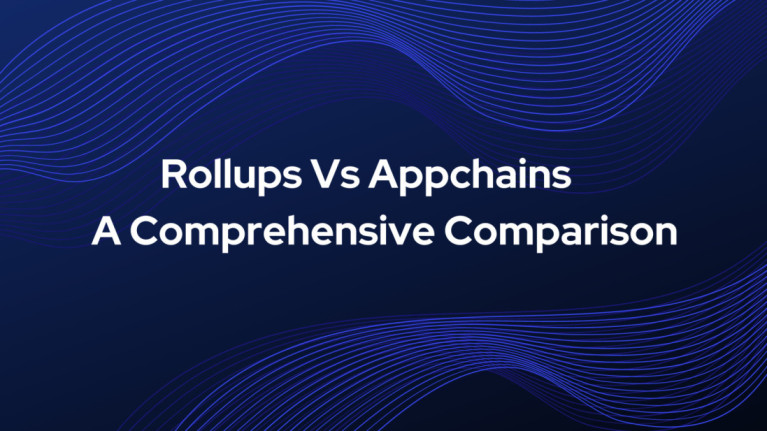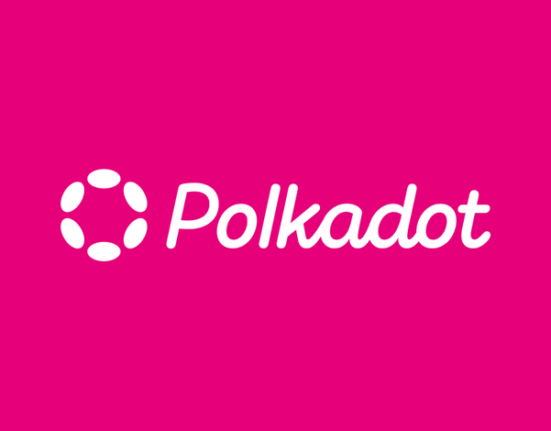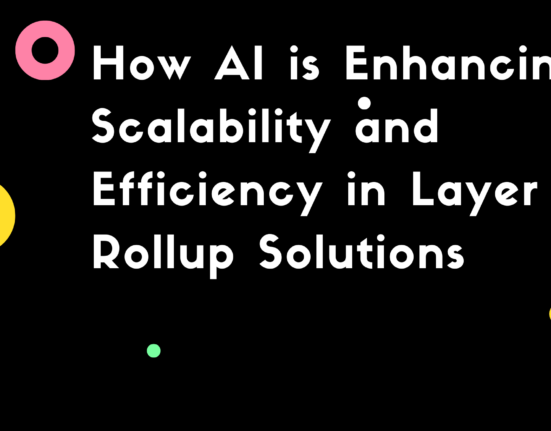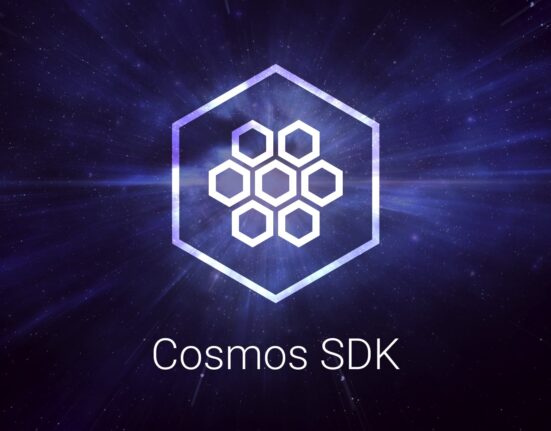As blockchain technology continues to evolve, scalability remains one of the most critical challenges facing the industry. Two prominent solutions have emerged to address this issue: rollups and appchains. This article will provide an in-depth exploration of these technologies, their key differences, and their respective advantages and disadvantages.
Contents
What are Rollups?
Rollups are layer-2 scaling solutions designed to improve the throughput and efficiency of existing blockchains, primarily Ethereum. They work by executing transactions off-chain and then posting the compressed transaction data back to the main chain, thus inheriting the security of the underlying blockchain while significantly increasing transaction capacity.
There are two main types of rollups: Optimistic Rollups and Zero-Knowledge (ZK) Rollups. Optimistic Rollups assume transactions are valid by default, with a challenge period for fraud detection. Examples include Arbitrum and Optimism. They are easier to implement and compatible with existing Ethereum Virtual Machine (EVM) smart contracts, but have longer withdrawal periods due to the challenge window. ZK-Rollups, on the other hand, use cryptographic proofs to validate transaction batches. Examples include zkSync and StarkNet. They offer near-instant finality and potentially higher security, but are more complex to implement and may require specialized languages for smart contracts.
The rollup process begins when users submit transactions to the rollup network. These transactions are then batched and executed off-chain. The transaction data is compressed and posted to the main chain, which stores this compressed data, ensuring security and availability.
What are Appchains?
Appchains, also known as application-specific blockchains, are purpose-built blockchains designed for specific applications or use cases. They operate independently with their own consensus mechanisms and security models, allowing for high customization and optimization for particular use cases.
There are several types of appchains. Sovereign appchains are completely independent blockchains, such as Flow, which is designed for NFTs and gaming. Substrate-based appchains are built using Polkadot’s Substrate framework, like Acala, a DeFi-focused parachain on Polkadot. Cosmos SDK appchains are built using the Cosmos SDK, with Osmosis being an example of a DEX-focused blockchain in the Cosmos ecosystem.
The process of creating and running an appchain involves developers creating a custom blockchain tailored to their application. This appchain runs its own consensus mechanism and validator network. Custom features and optimizations are implemented at the protocol level, and interoperability solutions may be built to connect with other blockchains.
Key Differences: Rollups vs. Appchains
The design philosophy of rollups and appchains differs significantly. Rollups are built to scale existing blockchains, focusing on improving throughput while maintaining compatibility. Appchains, in contrast, are created from the ground up for specific applications, prioritizing customization and optimization.
Their security models also diverge. Rollups inherit security from the parent chain (e.g., Ethereum), leveraging its established network effect. Appchains, however, are responsible for their own security through their chosen consensus mechanism and validator network.
In terms of flexibility and customization, rollups are constrained by the rules and capabilities of their parent chain, with limited ability to implement novel features. Appchains offer high levels of customization, allowing developers to tailor every aspect of the blockchain to their specific needs.
Interoperability is another area of difference. Rollups typically offer seamless integration within their parent ecosystem (e.g., Ethereum DeFi ecosystem). Appchains may require custom bridges or interoperability protocols (e.g., IBC for Cosmos) to connect with other blockchains.
Rollups Vs Appchains
| Feature | Rollups | Appchains |
|---|---|---|
| Primary Purpose | Scale existing blockchains | Create specialized blockchains |
| Security | Inherited from parent chain | Self-managed |
| Customization | Limited by parent chain | Highly flexible |
| Interoperability | Easy within parent ecosystem | May require custom solutions |
| Development Complexity | Moderate | High |
| Transaction Costs | Generally lower | Varies by implementation |
| Scalability | High (thousands of TPS) | Varies (potentially very high) |
| Time to Market | Faster | Slower |
| Governance | Typically tied to parent chain | Independent |
| Asset Compatibility | Native support for parent chain assets | May require bridges for external assets |
Development complexity varies between the two approaches. Rollups are generally simpler to develop and deploy, as they build on existing blockchain infrastructure. Appchains require building and maintaining full blockchain infrastructure, including consensus mechanisms and networking protocols.
Transaction costs also differ. Rollups often provide lower transaction costs due to their data compression techniques and batching of transactions. Appchain transaction costs can vary widely depending on their specific design and economic model.
Scalability is a key consideration for both solutions. Rollups can significantly increase the transaction throughput of the parent chain, with Ethereum rollups capable of achieving thousands of transactions per second (TPS). Appchain scalability depends on the specific design, but can potentially achieve very high throughput due to customization.
Advantages and Disadvantages
Rollups offer several advantages. They inherit security from established networks, benefiting from the robust security of well-established blockchains and reducing the risk of attacks. Development overhead is lower, as developers can leverage existing tools and infrastructure, leading to faster time-to-market for new applications. Integration with existing ecosystems is easier, allowing for seamless interaction with other applications on the parent chain and access to existing liquidity and user bases. Rollups also significantly improve scalability for the parent chain.
However, rollups also have disadvantages. They are limited by parent chain capabilities and cannot implement features not supported by the parent chain. There’s potential for centralization in sequencers, although efforts are ongoing to address this. Some implementations, particularly Optimistic Rollups, have complex withdrawal processes with longer waiting periods, which can impact user experience and liquidity.
Appchains, on the other hand, offer high customizability for specific use cases. Developers can design custom consensus mechanisms, gas fee structures, and governance models, and optimize for specific types of transactions or data structures. They provide independent governance and tokenomics, giving full control over the economic model and incentive structures. Appchains have the potential for higher throughput as they can optimize the entire stack for the specific application without being constrained by a parent chain. They also offer flexibility to implement novel features, introducing new cryptographic primitives or consensus mechanisms.
The drawbacks of appchains include being responsible for their own security, which requires bootstrapping and maintaining a validator network. They are more complex to develop and maintain, requiring expertise in blockchain infrastructure, networking, and cryptography. Appchains may face interoperability challenges, making it difficult to integrate with other blockchain ecosystems. They also typically have a longer time-to-market compared to solutions built on existing platforms.
Use Cases and Future Trends
Rollups are well-suited for DeFi applications requiring high throughput, NFT marketplaces on established networks, layer-2 scaling of popular dApps, and projects that need to leverage existing ecosystem network effects. Appchains excel in gaming ecosystems with unique requirements, specialized financial systems, IoT networks with specific consensus needs, and projects requiring novel features not available on existing blockchains.
As the blockchain space continues to evolve, we can expect to see increased adoption of rollups on major blockchains beyond Ethereum, development of more sophisticated interoperability solutions for appchains, and hybrid approaches combining elements of rollups and appchains. Advancements in ZK-rollup technology may lead to fully EVM-compatible ZK-rollups, and there will likely be a greater focus on user experience and seamless onboarding for both rollups and appchains.
Conclusion
Both rollups and appchains offer valuable solutions to blockchain scalability challenges, each with its own strengths and weaknesses. The choice between them depends on the specific needs of the project, desired level of control, and the importance of integration with existing ecosystems.
Rollups provide a powerful scaling solution for established blockchains, offering increased throughput and lower costs while maintaining security. They are ideal for projects that want to leverage existing ecosystem benefits and reach a large user base quickly. Appchains, on the other hand, offer unparalleled customization and the ability to optimize every aspect of the blockchain for specific use cases. They are well-suited for projects with unique requirements that cannot be met by existing blockchain platforms.
As the blockchain space continues to mature, it’s likely that we’ll see further innovations in both rollup technology and appchain development, potentially leading to hybrid solutions that combine the best of both approaches. The future of blockchain scalability will likely involve a diverse ecosystem of solutions, catering to the wide range of applications and use cases in the decentralized world.

Subhadra, a seasoned research analyst, specializes in distilling complex developments in blockchain and AI into insightful narratives. Her expertise lies in providing a nuanced understanding of emerging technologies, making her a trusted source for in-depth and up-to-date analysis at the intersection of blockchain and AI.







